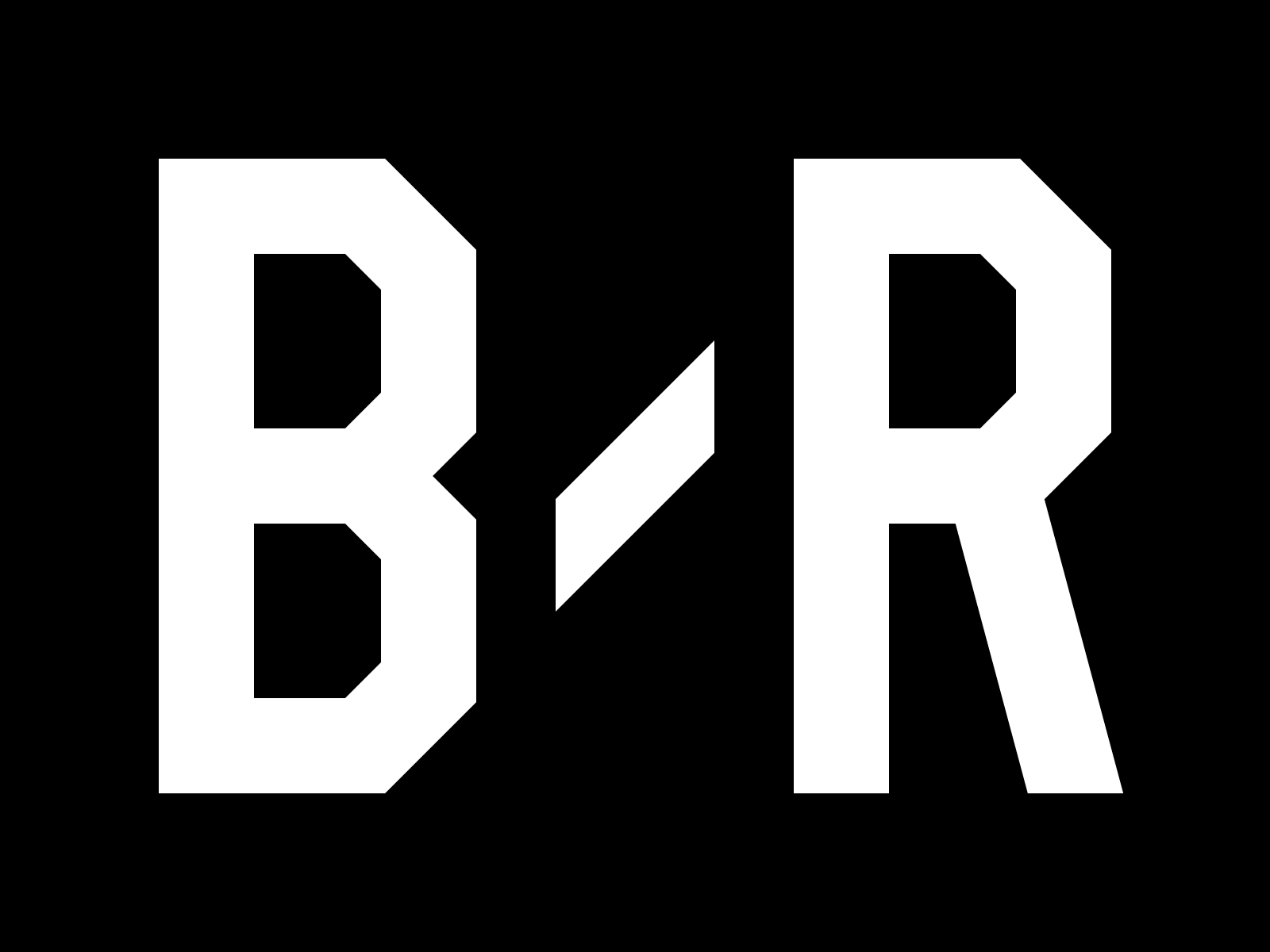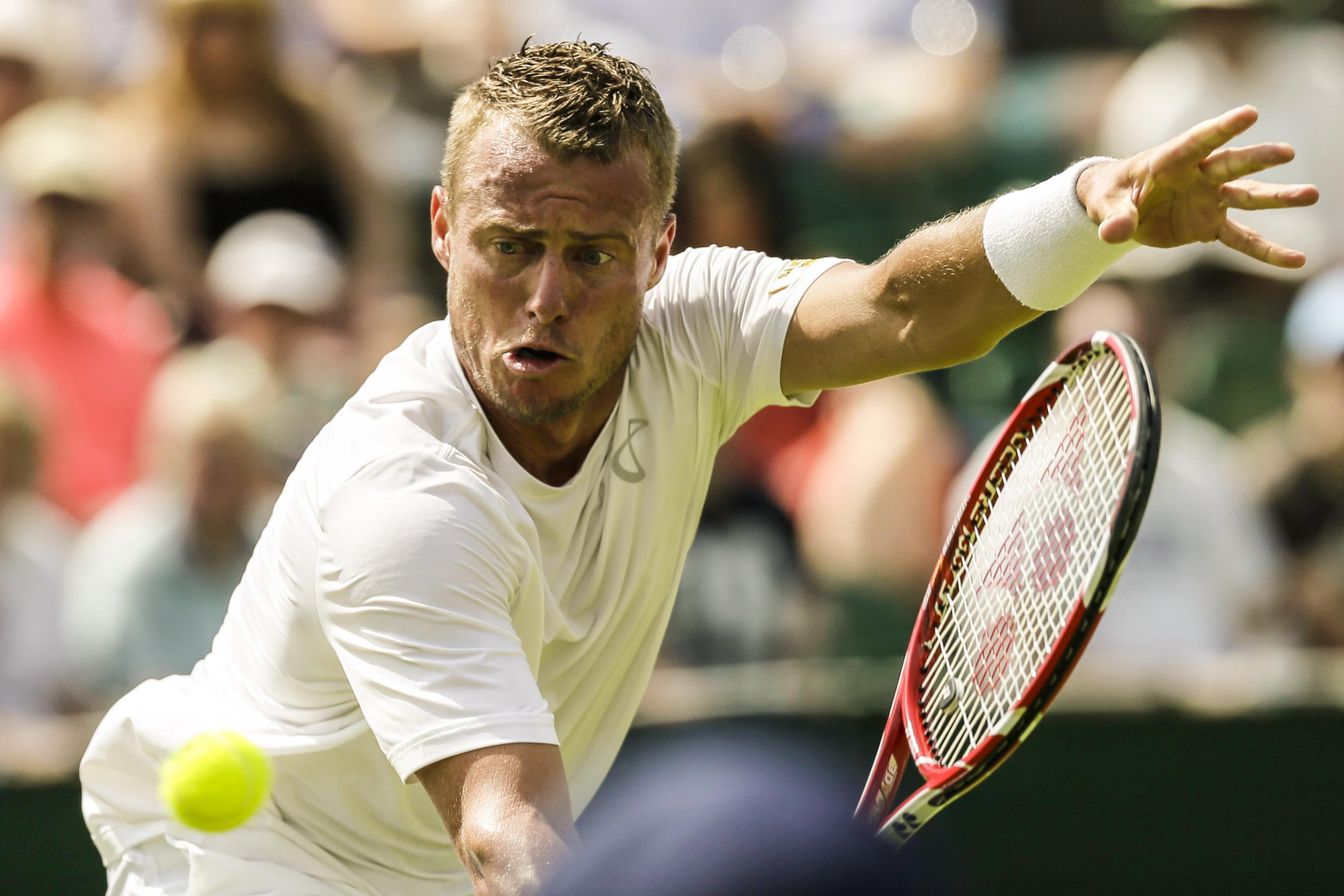Lleyton Hewitt's final match at Wimbledon epitomized his spirit and career: gritty, gutsy and feisty.
The two-time Grand Slam champion lost to Jarkko Nieminen, another veteran playing in his final Wimbledon. Hewitt, 34 and Nieminen, 33, announced earlier this year that this would be their last Wimbledon appearances.
Finland's finest defeated Hewitt, 3-6, 6-3, 4-6, 6-0, 11-9. The match lasted four hours. It was the second-longest match in Hewitt's career, as well as Nieminen's first win over Hewitt.
Throughout the match, fans were treated to vintage Hewitt, as the Aussie launched his body across the grass, unwilling to cede any point.
During a post-match press conference, Hewitt spoke to BBC Sport about his never-say-die attitude: "That pretty much sums up my career. ... I'm fortunate that I have a lot of self-motivation to go out there and get the most out of myself, whether it's in the gym or behind the scenes."
Hewitt began his career at age 15 and became the youngest ever No. 1-ranked player at 20 years and eight months old.
Like in his career, Hewitt got off to a quick start. He won the first set 6-3. He hit four aces, no double faults and landed 75 percent of his first serves. But similar to his career, the quick start would give way to a long battle, filled with highs and lows, and plenty of fight.
With the exception of a few crows' feet around the eyes, Hewitt looks the same as he did when he won his only Wimbledon title in 2002.
Since Hewitt won Wimbledon in 2002, only four men—Roger Federer, Rafael Nadal, Novak Djokovic and Andy Murray—have won the title at the All England Club.
Winning Wimbledon earned Hewitt membership in the All England Club, something he cherishes. After the match, Hewitt told reporters and ATP staff how much Wimbledon meant to him:
Even yesterday I just went and sat in the stands of Centre Court, just soaked it up and listened to music in there. ... For me, it's the home of tennis. I don't get the same feeling walking into any other grounds in the world than I do here. I get goosebumps walking into this place. I'm so fortunate I go into the locker room whenever I like. That's something I can always come back and enjoy over the years.
Hewitt, who also won the 2001 U.S. Open, seemed on course to challenge Federer in the post-Pete Sampras/Andre Agassi era.
Two Slams by age 21, and all of Australia was excited.
During a 2002 interview via the Australian Broadcasting Corporation, Wimbledon doubles champion and fellow Aussie Todd Woodbridge said, "He could well be a 4-6 Slam guy, from now on in, and that'll take a lot of work, but he's definitely got potential to win more."
Few could have guessed that it would be Hewitt's last Grand Slam title. He would only reach the finals twice more (2004 U.S. Open, 2005 Australian Open).
Although he never captured another Slam, Hewitt played every match as if a trophy was on the line.
Affectionately known as Rusty, Hewitt took ownership of the nickname bestowed upon him by former coach Darren Cahill. The nickname came from the fictional family, the Griswalds, featured in the popular National Lampoon's Vacation series of movies (the son was named Rusty).
The nickname stuck and took on a new meaning as Hewitt aged. "Rusty" was more what Hewitt looked like as he fell lower in the rankings.
Cahill used the name to pay tribute to his former pupil, via Twitter.
Golfer Adam Scott, a friend and fellow Aussie, told the Michael Chammas of the Sydney Morning Herald, "I've looked at him on the court, in the gym, where we train, it makes me want to work harder. He leaves nothing at all to chance. He works so hard and has one of the biggest hearts I've ever seen in sport."
Hewitt has overcome many career-threatning injuries. Hewitt underwent toe surgery in 2012, foot surgery in 2011 and hip surgery 2008, and suffered a host of other minor injuries.
Stitched together by surgeons, Hewitt never faltered when it came time to fight. Unlike Federer, who glides effortlessly around the court, Hewitt attacks the baseline like a mad dog. He seems to relish a good dogfight.
That fight was on display against Nieminen. The two traded tightly fought sets until the fourth, when Nieminen bageled Hewitt.
Seemingly down for the count, as with his many injuries, Hewitt regrouped and stood toe-to-toe with Nieminen in a 90-minute, drama-filled fifth set.
Hewitt broke Nieminen to take a 4-3 lead. But Nieminen, playing to extend his last Wimbledon too, broke back to make it 4-4. Serving, down 4-5 in the final set, Hewitt saved two match points. The contingent of Aussie fans were on their feet. Because Nieminen served first, Hewitt was always serving with his back to the wall.
The match see-sawed until at 10-9, Hewitt hit a forehand into the net and appeared to favor his ailing knees. Alas, Rusty's old body had broken down.
When the match was over, Hewitt embraced Nieminen, a show of mutual respect from two battle-weary warriors.
Hewitt waved to the crowd, acknowledging their ovation and appreciation. Later, Hewitt told reporters that he was happy he was able to go out fighting.
"That pretty much sums up my career, I guess, my mentality, never-say-die attitude. I've lived for that the 18, 19 years I've been on tour."



Read 0 Comments
Download the app for comments Get the B/R app to join the conversation